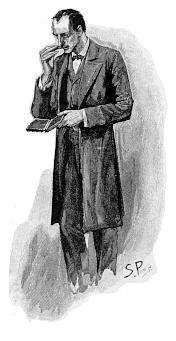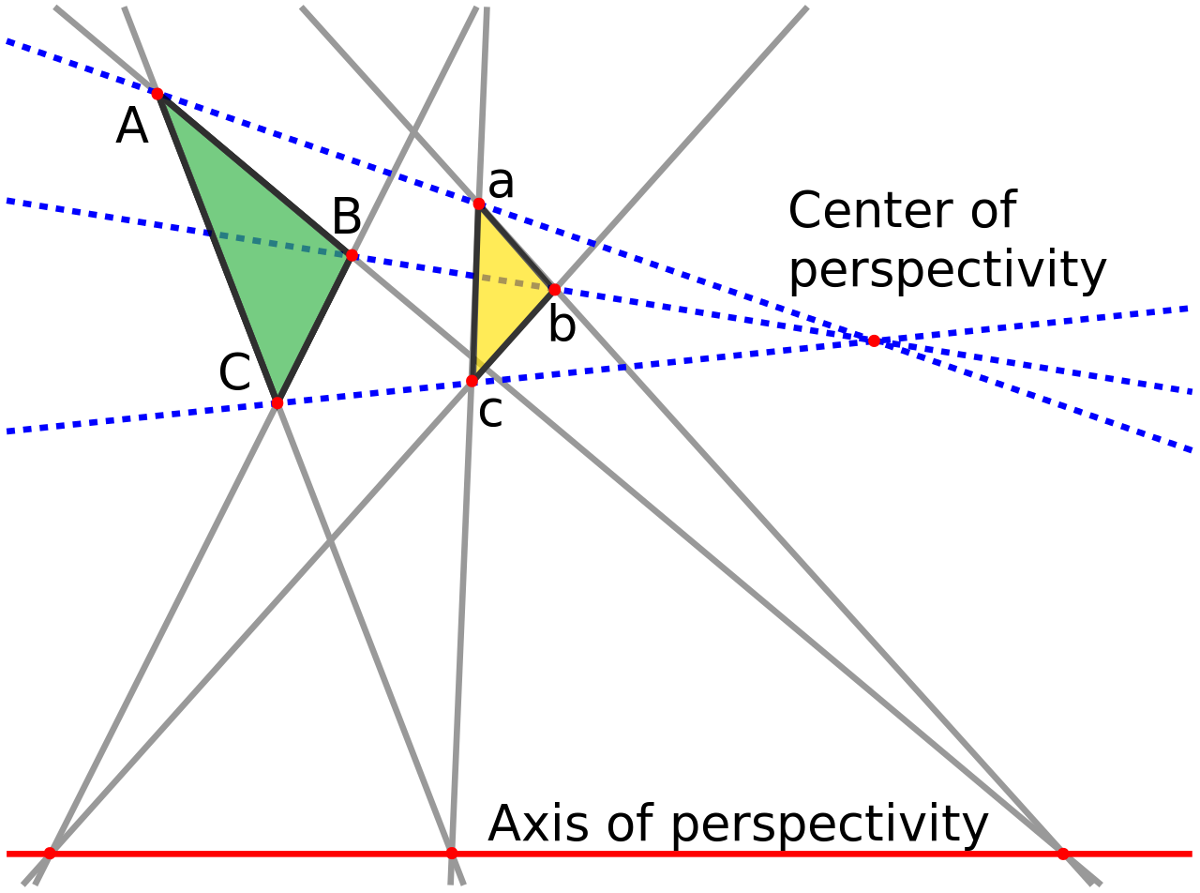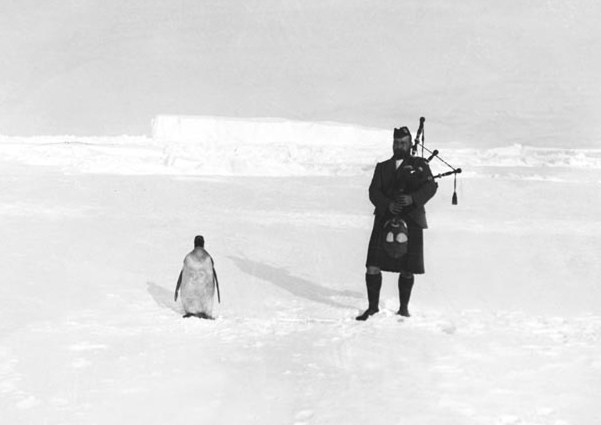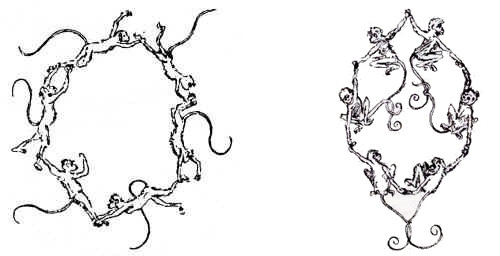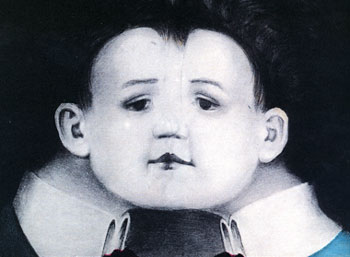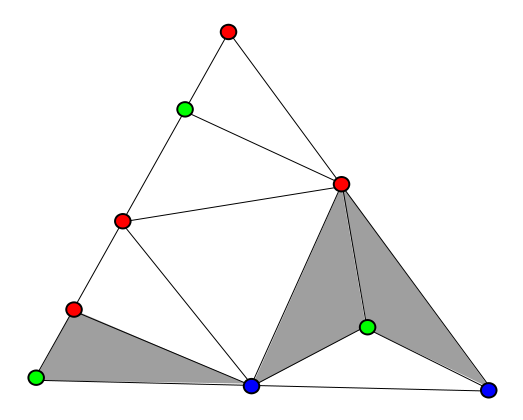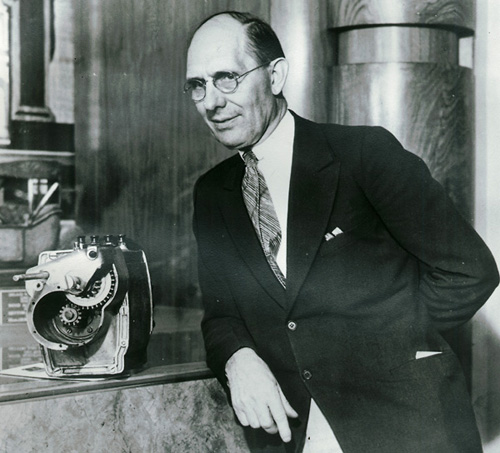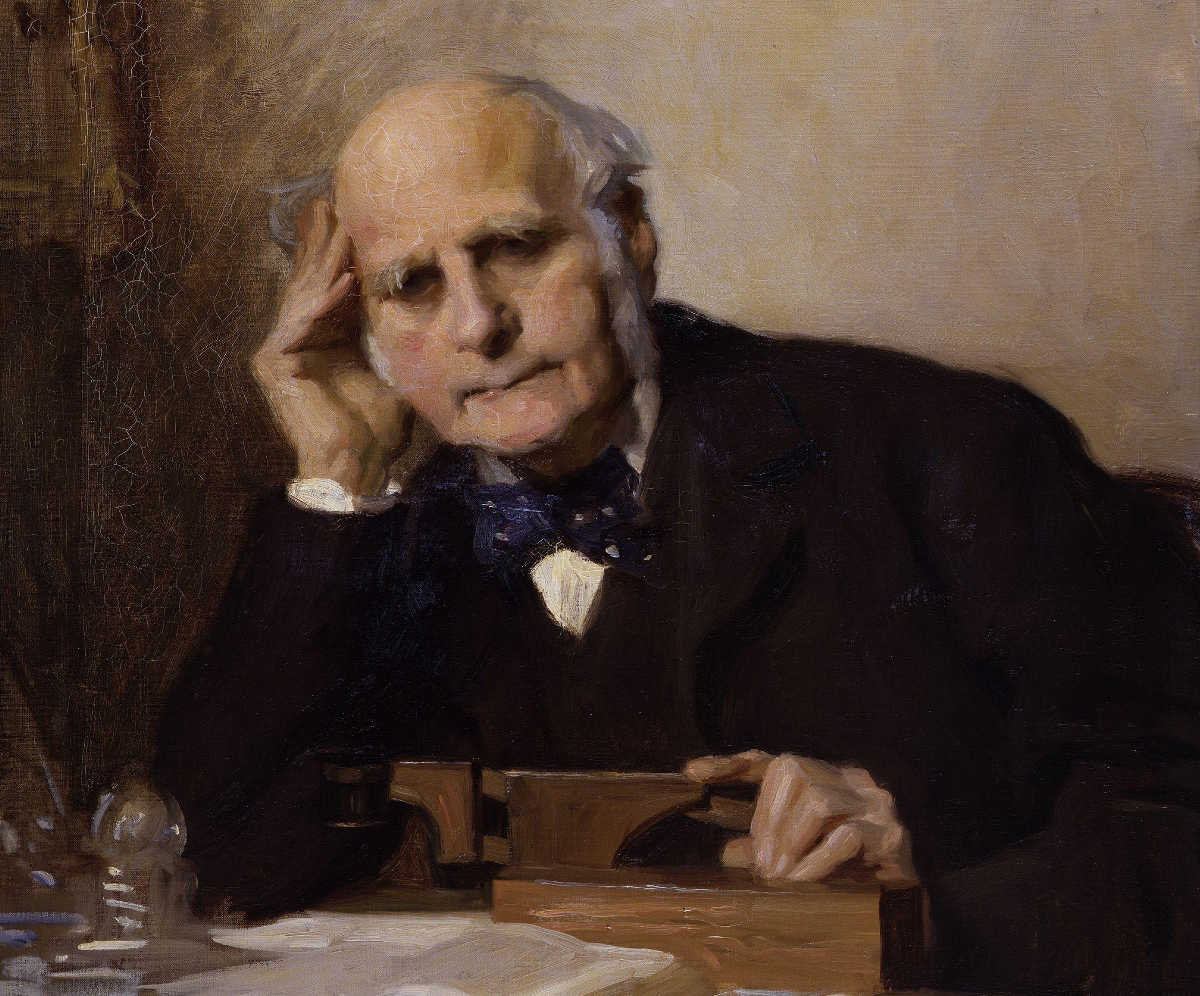
In 1872 Francis Galton reflected that congregations throughout Britain pray every Sunday for the health of the British royal family. If prayer has tangible effects, he wondered, shouldn’t all this concentrated well-wishing result in greater health for its objects? He compared the longevity of royalty to clergy, lawyers, doctors, aristocracy and gentry, as well as other professions, and found that
[t]he sovereigns are literally the shortest lived of all who have the advantage of affluence. The prayer has therefore no efficacy, unless the very questionable hypothesis be raised, that the conditions of royal life may naturally be yet more fatal, and that their influence is partly, though incompletely, neutralized by the effects of public prayers.
He noted also that missionaries are not vouchsafed a long life, despite their pious purpose; that banks that open their proceedings with prayers don’t seem to receive any benefit from doing so; and that insurance companies don’t offer annuities at lower rates to the devout than to the profane. Certainly men may profess to commune in their hearts with God, he wrote, but “it is equally certain that similar benefits are not excluded from those who on conscientious grounds are sceptical as to the reality of a power of communion.”
(Francis Galton, “Statistical Inquiries Into the Efficacy of Prayer,” Fortnightly Review 12 [1872], 125-35.)

